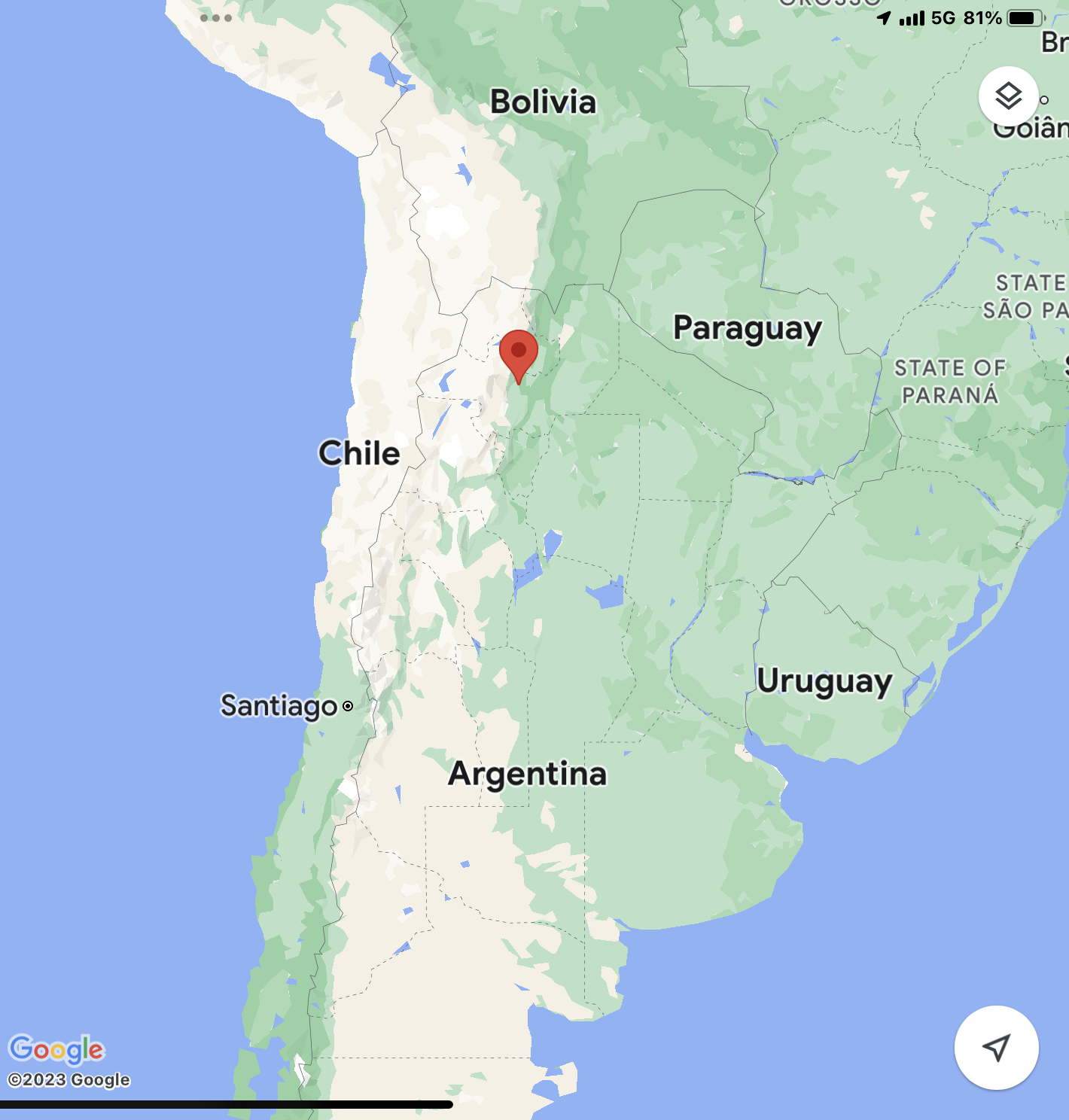Accordoing to the 2010 census, around 955,000 people self-identified as belonging to, or a descedent from, one of the 35 officially recognised indigenous groups in Argentina. The north west province of Salta and its capital of the same name is renowned as the home of various indigenous groups. The city and wider province have various museums and institutes that focus on the region’s indigenous heritage and culture, one of the reasons (the stunning landscape is also an obvious pull) it has become a tourist destination.
The incas occupied the province of Salta (appropriately, which means ‘somewhere pleasant to settle down’) in the 15th century as they extended their empire east across the Andes. The 16th-century arrival of the Spanish heralded the demise of the Incan empire and with it the mass death (primarily through disease, though the nature of Spanish rule was also murdererous) of indigenous peoples. Across the province, researchers have uncovered numerous Inca and pre-Inca ruins and coutless artefacts, reflectings its long pre-Spanish history of indegenous inhabitation.
Salta the city was founded on 16 April 1582 by Spaniard Hernando de Lerma as a strategically important commercial and communication centre, which built on existing indigenous infrastructure and knowledge. Unsurprisingly, parts of the surviving indigenous population continued to be hostile to the colonial power, notably the Calchaquí between 1630-1640. The Spanish colonialists, however, prevailed and ruled what became known as Argentina for almost the next two centuries.
Salta is today well-known as the place in 1813 where General Belgrano defeated the Spanish as the country fought for independence from colonial rule. Another is Salta-born Martín Miguel de Güemes, who made his name helping beat off British invasions at Rio de la Plata, near Buenos Aires. Back in Salta, he was prominent in organising resistance to Spanish forces. He was shot as they took the city in June 1821, and later died from his injuries. A week or so later, his army retook Salta, and this time there was no way back for the Spanish. Both Belgrano and Güemes are frequently seen names across the city, such as with statues, memorials, plazas, hotels and so on.
Today, Salta is a city of around 650,000 people (the eighth most populous in the country), though its centre has more of a large-town feel, particularly compared to somewhere like bustling Buenos Aires. Researchers have undertaken various studies to try to work out how much of the populations in places like Salta province are indigenous or from indigenous peoples. Many such representative studies show that the north west of Argentina has relatively high percentages of indigenous peoples in the populations, including Salta.
The Mueso de Arqueologia de Alta Montana de Salta (High Altitude Archeological Museum) Is just one museum reflecting the past and present of the city’s population. Around 30-40 minutes by foot from the city centre is the Mercado Artensanal de Salta, an indigenous artesanal institute. The centre, which opened in 1968 in a building dating back to the mid-eighteenth century, functions as a cultural and exhibition centre, shop and meeting point, alongside various other functions revolving around the history, present and future lives of Salta’s indigenous population. It is also home to various workshops, such as ceramics, handicraft and loom, and there is also a documentation centre. Across the road is a wonderful market with independent indigenous sellers offering a host of artesanal fabrics, ornaments, bags and numerous other items.




















